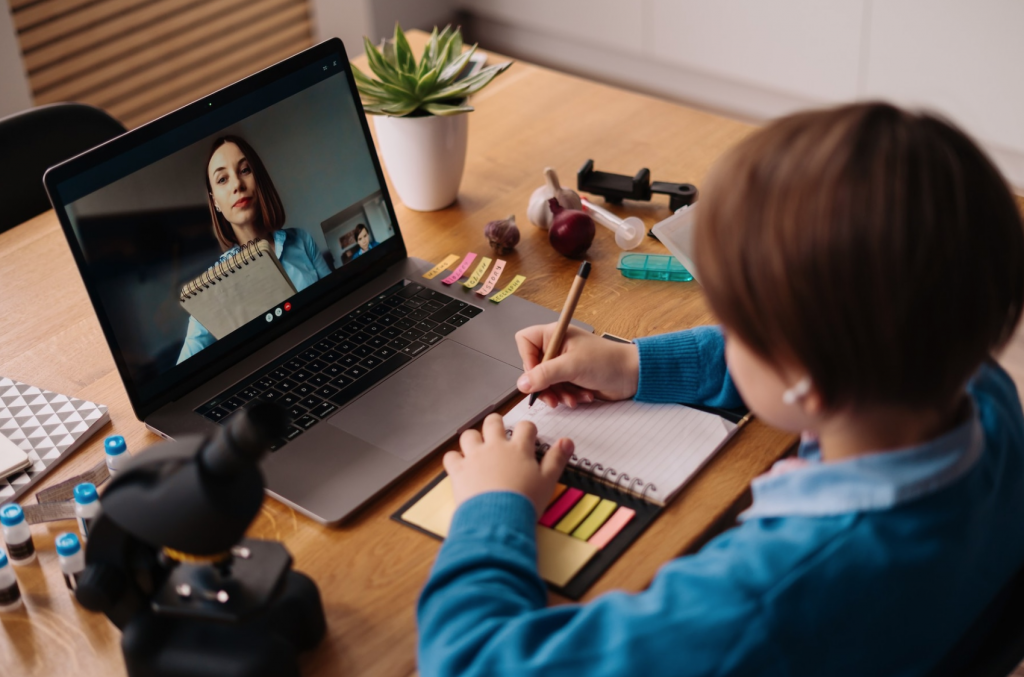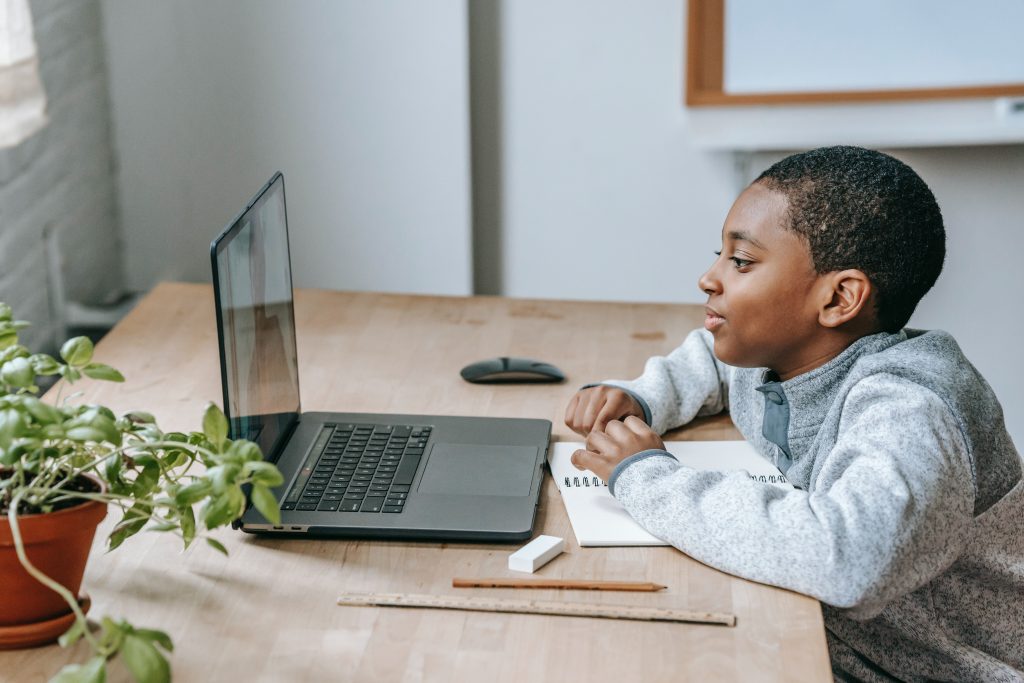In this article, you will learn everything you need to know to start teaching online.
Let’s dive in.
What is Social Learning?
Social Learning is a collaborative and interactive way of teaching, with the role of the teacher becoming a facilitator of content rather than just a source of information. According to Vygotsky’s 1978 Social Constructivism theory, knowledge is constructed by being in contact with existing knowledge developed by the experiences of other people.
As we all know, learning is an active, social process achieving maximum learning through interactions of different human potentials, experiences, strengths, and skills. Since knowledge is a product of our human nature, therefore further knowledge is constructed using our social nature and actions.
Why Teach Online?
Online teaching allows you to educate your students via the internet. Various methods can be used, such as one-on-one video calls, group video calls, and webinars. Anyone with an internet connection can attend livestream discussions or coach themselves through an online video course. And if you need to take time off to do other chores and activities, you can simply arrange your schedule.

We have to upgrade our skills in teaching. If we practice social learning, teaching will be more effective especially now. More often, we ask ourselves the question, is learning just about knowledge transfer or being constantly connected for learning? Teachers need to learn how to use web conferencing tools to cope up with the pandemic and help teachers and students.
As time goes by, we will continue to see how socializing and communicating using different mediums will evolve. Web conferencing tools like Zoom, Google Meet, and Microsoft Teams will be more and more used in our day-to-day interactions. This will include teaching, training, teaming up, and reaching out for help.
Read more: Perks of Becoming an Online Instructor
Covid generation students have very short attention span, they jump from one thing to another. Your content must be dynamic and engaging. Aside from the Covid generation, this is also the era of xennials where they grew up dependent on the internet. In the past, we would go to school libraries to do our group research, assignments, and projects. Today, most people rely on Google, Facebook, and many other social media platforms to communicate and acquire information.
Back then, we have ways on how to teach effectively but if we want to produce globally competitive students we must adapt to the new ways of teaching. Some teachers are afraid of using technology that is why there are digital educators that provide webinars or virtual conferences to let teachers know that the technology is nothing to be afraid of and it is something we need to embrace because right now, we need to take advantage of the internet and technology as our partner in learning.
All these internet tools are nothing if no teacher will manage and incorporate the teaching methodologies.
“Technology is just a tool. In terms of getting the kids working together and motivating them, the teacher is the most important.” – Bill Gates
The role of the teacher in this aspect has changed dramatically. Instead of becoming the only source of information, he or she has to manage now the wealth of information and experiences coming from all the participants. The question is, how can they be trained so that they can keep up with the “speed of thought”?
Read more: What Online Teachers Need To Know

Initiator. On Facebook, it is what you called “What’s on your mind?”. That is initiated by a particular thought or subject. So, anybody can be an initiator, not just a teacher or a student, anyone can be an initiator of knowledge.
Conversation. This could happen when our Facebook friends comments on your post or otherwise. From that point on, a conversation will start. This allows us to become “experts” ourselves based on our own experience, and share it with others.
Collaboration. There will be an exchange of ideas based on the shared thought or topic. You will now gain knowledge from different perspectives. This can happen in real-time using collaborative tools that allow simulation of face-to-face engagements.
Following. It occurs when you save the activity for future review that enables you to learn from that content. Every time you follow or like a certain post or page, you will be notified that there is a conversation going on. So, you can either reply or just read the comments on and on.
Synthesis. This is the rationalization of the learning content, including its conversations, preferences, and collaborations. The initiator brings everything into context, which is very important in learning. This is important because, in social networks such as Facebook, there is no one to synthesize the information. Sometimes, a thousand likes or a thousand comments may dangerously turn that information into a distorted universal truth.
As a teacher, you have to understand the subject matter deeply and provide your students with reliable information and knowledge that allows them to explore ideas, acquire and synthesize information and solve problems. Soon, students and teachers will be constantly connected for social learning wherever they are, and whenever they want to connect. Teachers must also try to adjust based on the teaching preferences of the students.
Read more: Transitioning To The New Learning Paradigm

![[abkd] blog banner dimensions (8)](https://www.abakadastudios.com/wp-content/uploads/2021/09/abkd-blog-banner-dimensions-8.png)
0 Comments